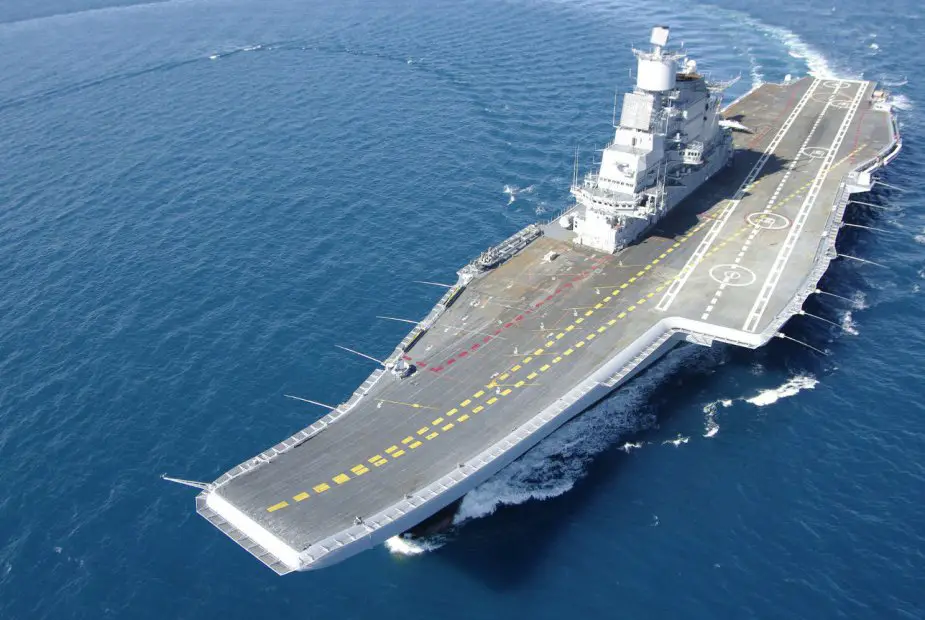Breaking news
INS Vikramaditya aircraft carrier to get indigenous landing aids.
The flight deck of the Indian Navy's sole aircraft carrier INS Vikramaditya will be equipped with indigenous landing aids after the Navy expressed dissatisfaction with the original Russian equipment.
 The aircraft carrier INS Vikramaditya of the Indian Navy (Picture Source: Indian MoD)
The aircraft carrier INS Vikramaditya of the Indian Navy (Picture Source: Indian MoD)
Called the Optical Landing System (OLS), these landing aids have been developed by the Central Scientific Instruments Organisation (CSIO) and are undergoing shore-based trials at a Naval airbase.
The OLS provides the glide slope information to the pilot through a system of lenses and coloured lights so as to enable him to touch down at the right spot on the carrier deck and snag the arrester cables that bring the aircraft to a halt. The system is located at an angled position on the deck’s left side towards the rear.
According to scientists associated with the project, the Navy had wanted the landing aids to be visible from a longer distance than was possible with the Russian system and also to have a higher resolution for coloured light to ensure clarity.
The system tells the pilot whether he is too high or too low when approaching the carrier from the rear for landing. An image of a “meatball” is created by the lights and lens, which turns red if the aircraft is too low. If it is too high, the ball will move above horizontally placed bars of green datum lights that act as a reference point for the pilot to judge his position.
INS Vikramaditya, an extensively modified Soviet-era warship, was commissioned into the Navy in November 2013 and formally entered service in June 2014 after arriving here from Russia. It has an aerial complement of MiG-29K fighters and helicopters.




























